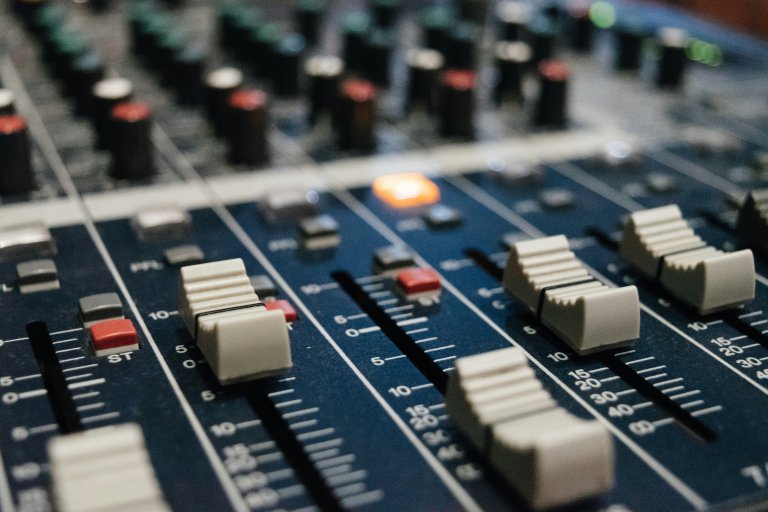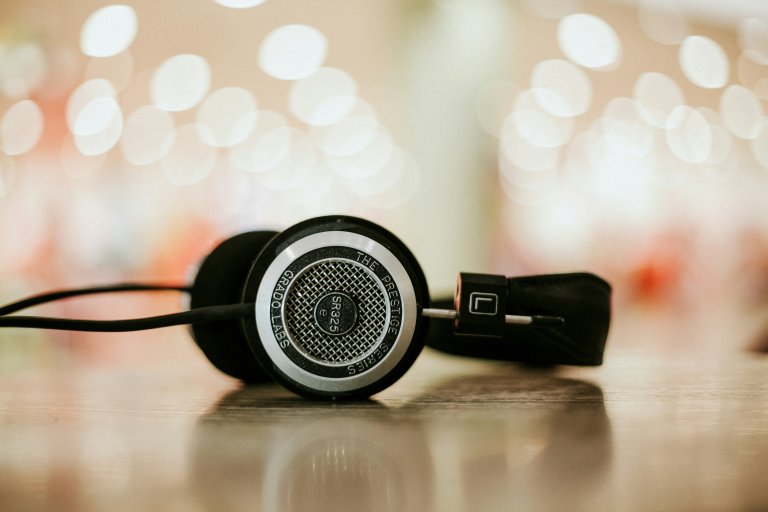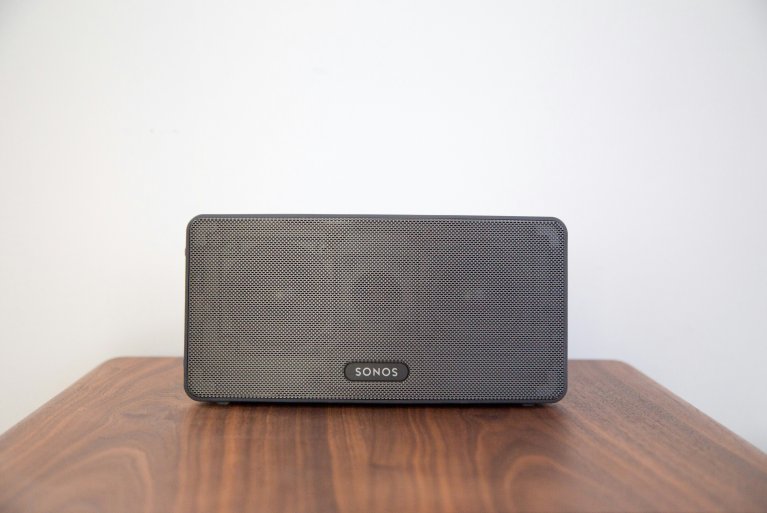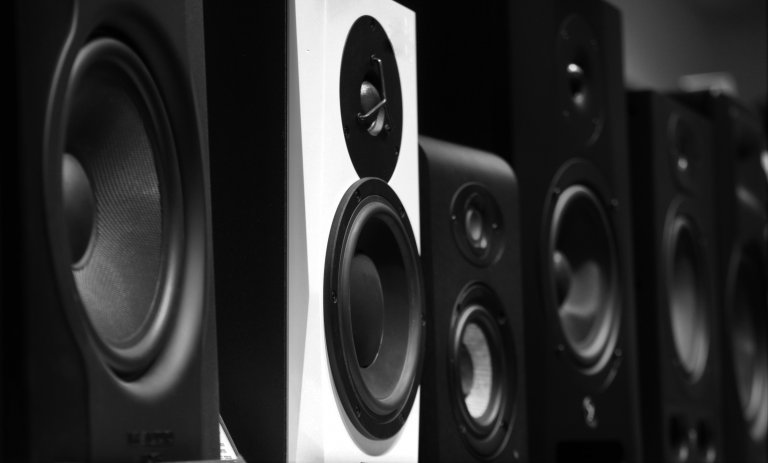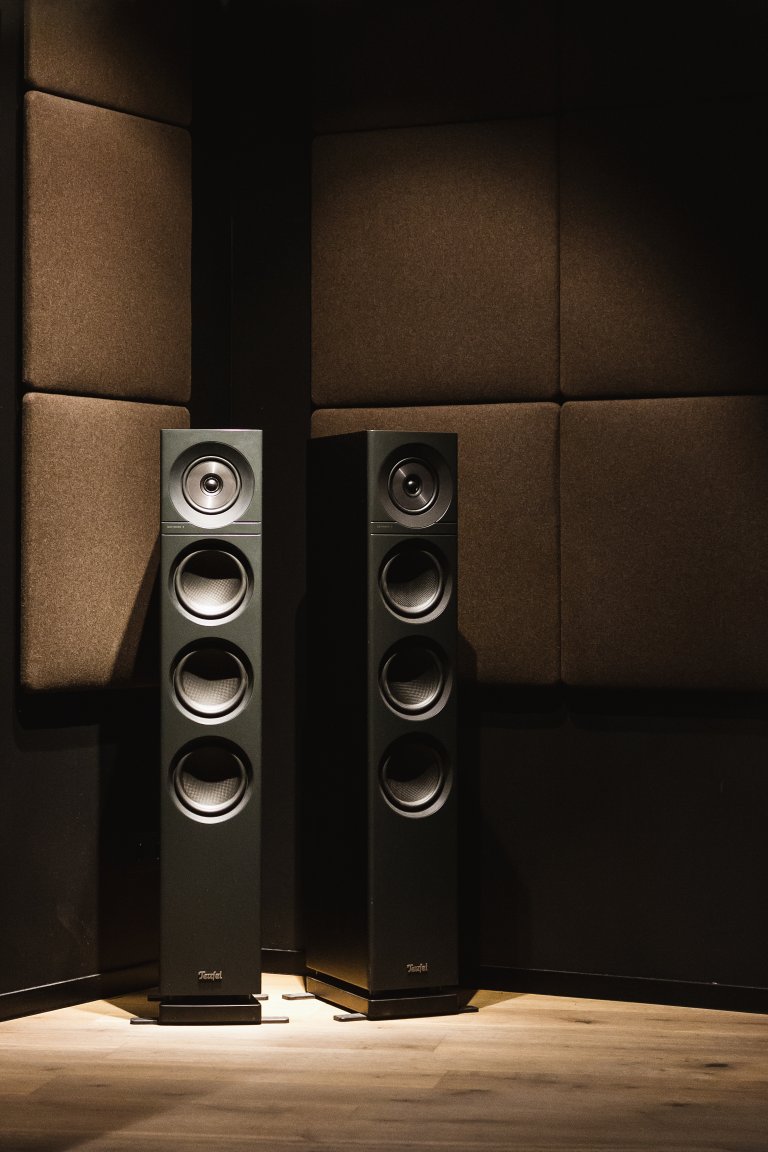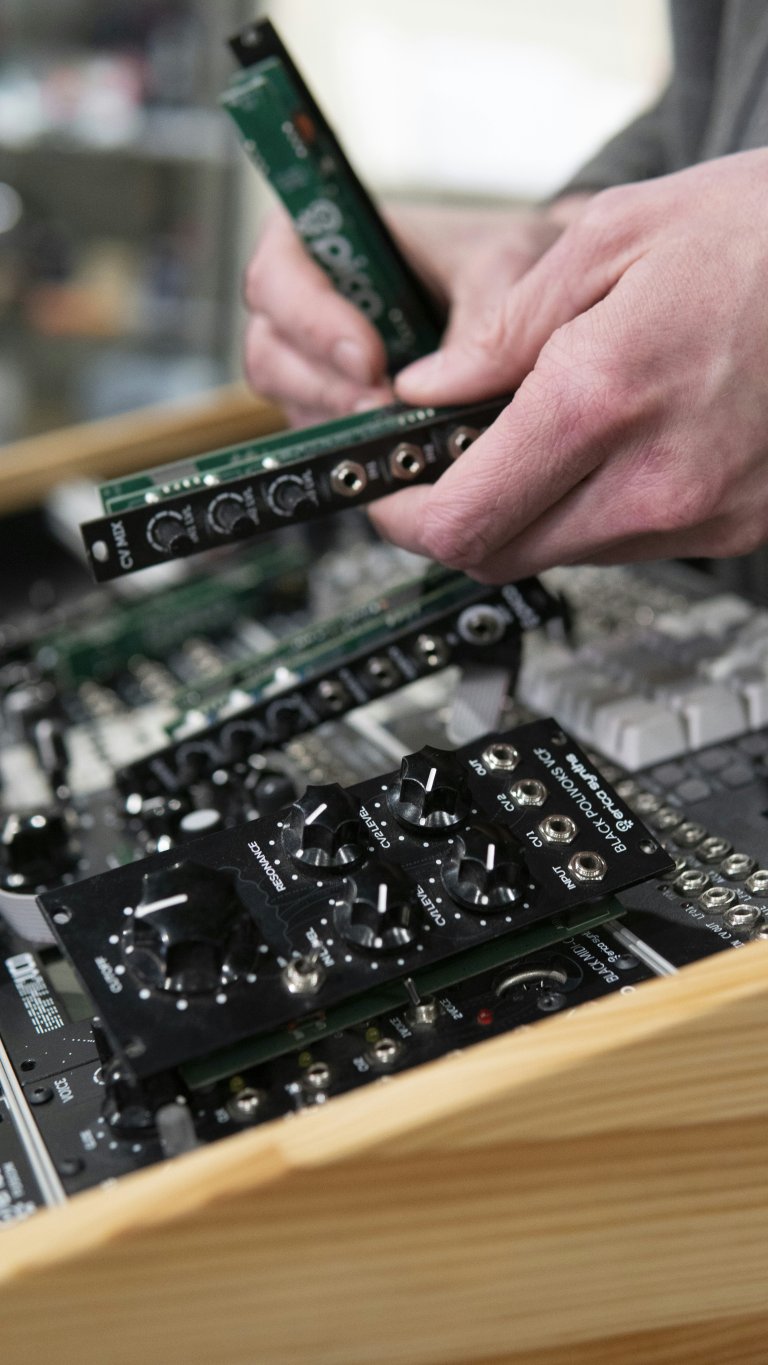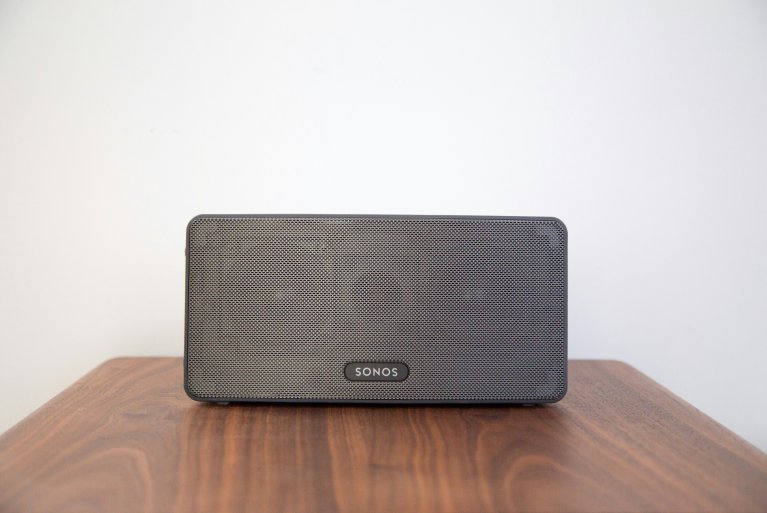Exploring the World of Audio Software
Music has been a part of human civilization since ancient times, and with advancements in technology, creating, recording, and editing music has become easier than ever. Audio software plays a vital role in this process, simplifying and enhancing the quality of sound production. In this article, we will dive into the world of audio software, its types, features, and benefits.
What is Audio Software?
Audio software refers to computer programs that are designed to record, edit, manipulate, and produce sound. These range from simple audio players to complex Digital Audio Workstations (DAWs) used by music professionals. Audio software can be used for various purposes, including music production, sound editing, voice recording, and even podcasting.
Types of Audio Software
Audio Players:
Audio players are among the most basic and commonly used audio software. These programs allow users to listen to music files on their computers with additional features like organizing playlists, creating custom equalizer settings, and playing various audio formats. Some popular audio players include Windows Media Player, iTunes, and Winamp.
Digital Audio Workstations (DAWs):
Digital Audio Workstations are advanced and professional-level software used for recording, editing, and producing audio tracks. These programs provide a wide array of features, including multi-track recording, audio effects, MIDI support, and more. Popular names in this category include Pro Tools, Logic Pro, and FL Studio.
Audio Editing Software:
As the name suggests, audio editing software is specifically designed to manipulate and enhance audio tracks. These programs provide features like trimming, merging, and splitting audio files, removing noise, and adding effects and filters. Some popular choices in this category include Audacity, WavePad, and Adobe Audition.
Features of Audio Software
Audio software comes with a plethora of features designed to enhance the user’s experience while creating and manipulating sound. Some common features found in audio software include:
Multitrack Recording:
This feature allows users to record multiple audio sources simultaneously, making it easier to create complex compositions or record live performances.
Effects and Filters:
Audio software provides an array of effects and filters ranging from basic equalizers and reverbs to more advanced features like pitch correction and time-stretching.
MIDI Support:
MIDI (Musical Instrument Digital Interface) support allows users to connect various electronic instruments and record or manipulate their sounds using the software.
Real-Time Processing:
This feature allows for real-time manipulation of audio files, making it easier to adjust levels, add effects, and preview changes on the go.
Benefits of Audio Software
Efficiency:
Audio software streamlines the process of creating, recording, and editing music, saving users time and effort compared to traditional methods. Tasks like multi-track recording, adding effects, and adjusting levels can be done in a matter of minutes.
Flexibility:
With the variety of features and tools provided by audio software, users have the flexibility to experiment and explore different sound combinations, resulting in unique and personalized audio creations.
Accessibility:
Audio software has made music production and sound editing accessible to everyone, eliminating the need for expensive recording equipment and studios. Anyone with a computer and a basic understanding of sound can dive into the world of audio production.
Cost-Effective:
Audio software comes at varying price points, with some even available for free, making it a cost-effective solution for budding musicians and producers. This allows for more people to pursue their passion for music without financial barriers.
In conclusion,
Audio software has revolutionized the world of music by providing advanced yet accessible tools for creating and manipulating sound. Whether you are a music professional or a hobbyist, there is an audio software out there that can cater to your needs. So go ahead, explore and unleash your creativity with the limitless possibilities of audio software.
